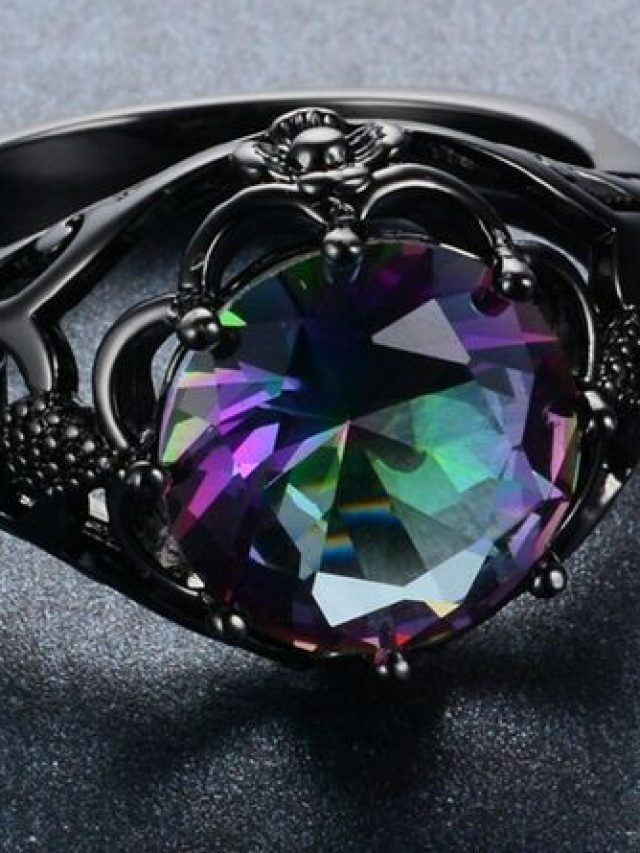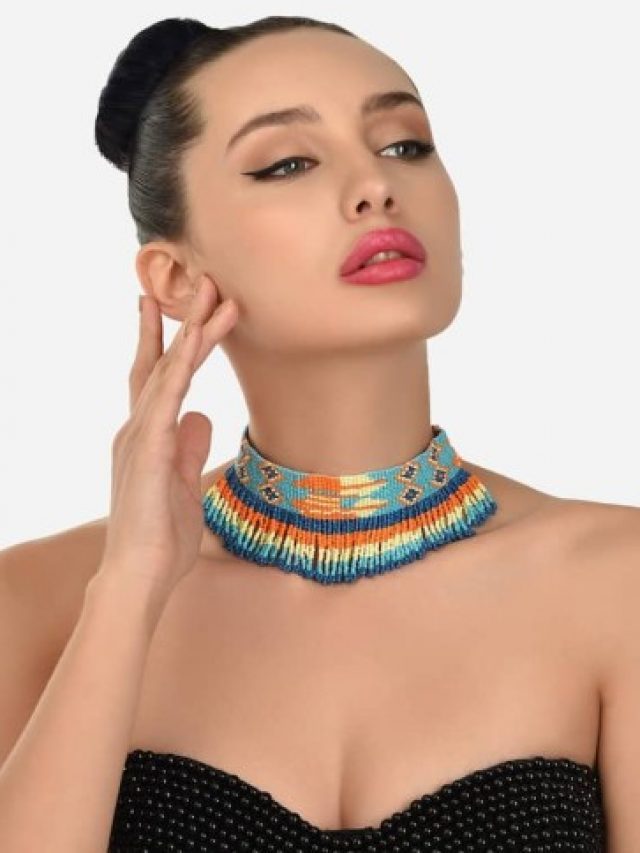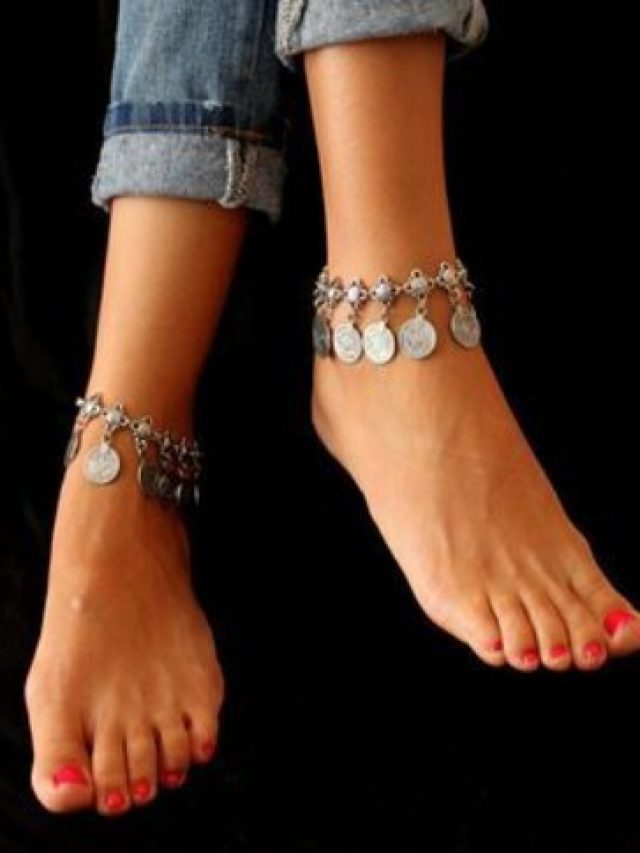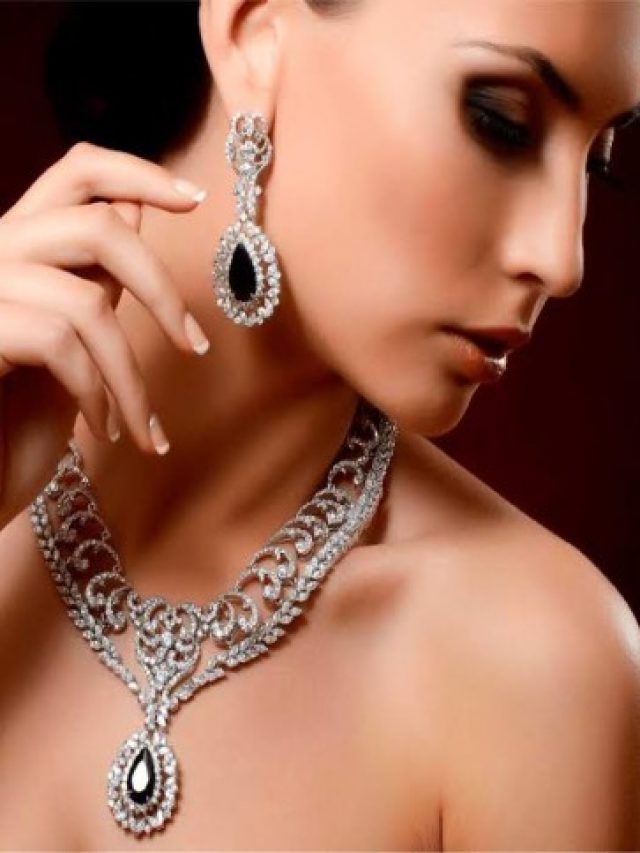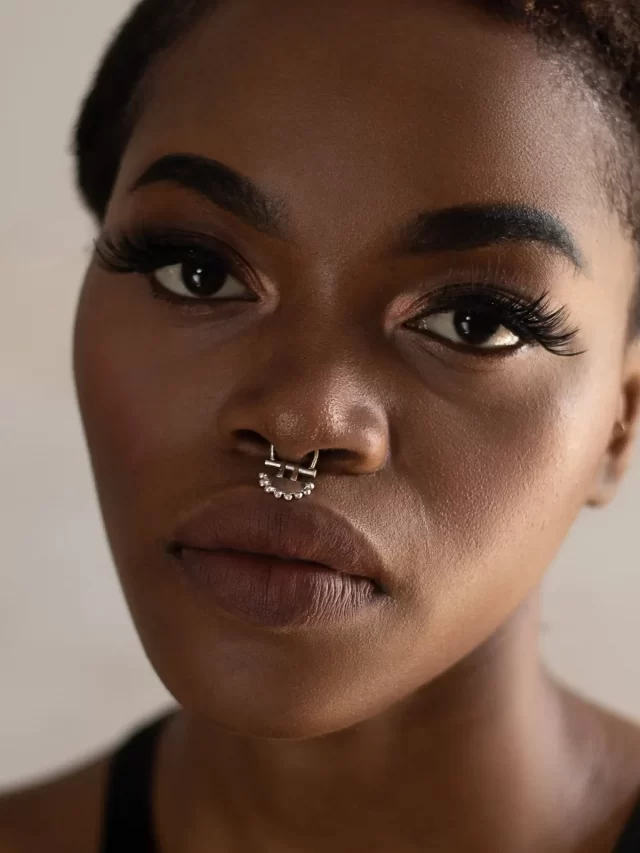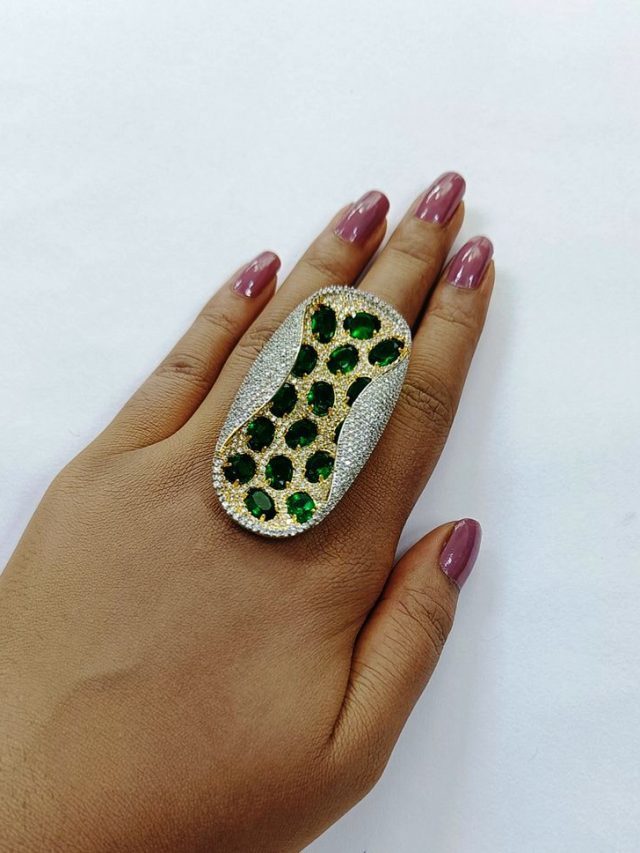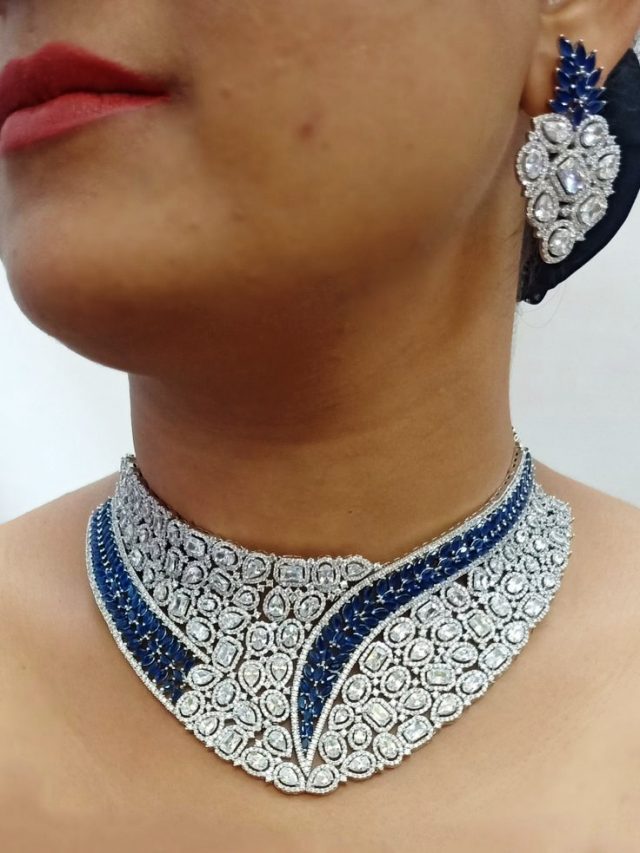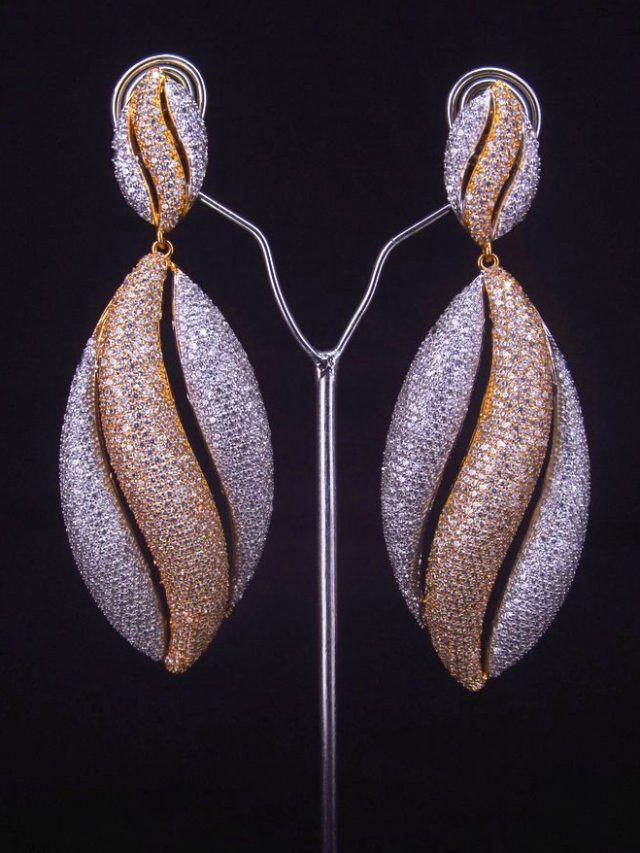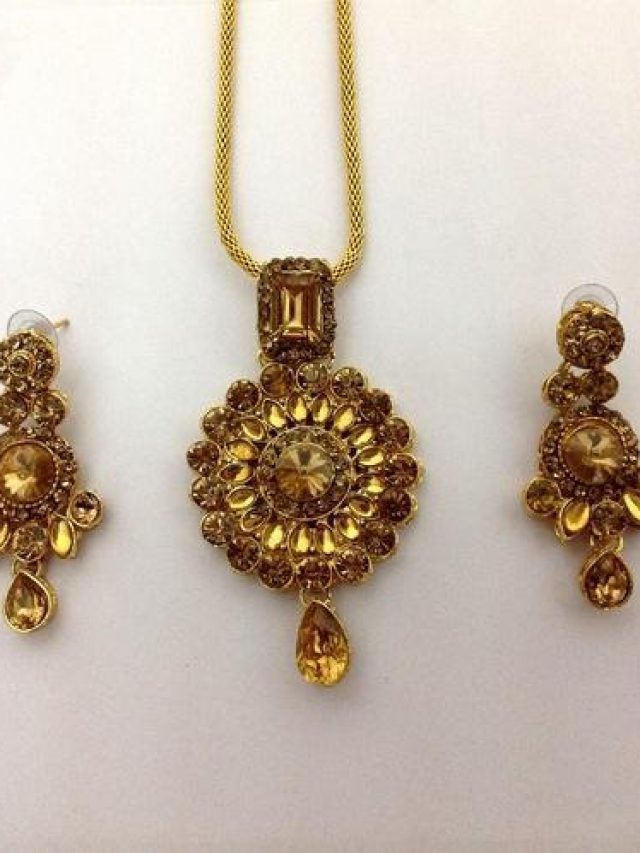
First impressions are undeniably lasting and in the retail business it can determine whether a customer enters or walks away from your store. Let KIZER AND BENDER share their knowledge to help you sell more.
If there are lessons learned from the pandemic, it’s that retailers are highly resilient.
We know you never have enough time to do everything you want on your sales floor and that customers expect constant change to keep coming back. Fortunately, there are great resources available to help with visual merchandising- the part of your store that interests shoppers.
Studies have revealed that humans lose interest somewhere around eight seconds. Blame it on technology! For in-store displays, customers lose interest in about five seconds – this is why the approach of ‘this display is good enough for now’ just doesn’t cut it anymore.
For in-store displays, customers lose interest in about five seconds – this is why the approach of ‘this display is good enough for now’ just doesn’t cut it anymore.
So what’s a retailer to do?
Elements of a great display
We started our careers in the retail industry; department stores to be specific, and back when they were not-to-be-missed examples of quality retailing. The experience taught us that displays take time and preparation to build a themed experience each month, and an action plan is necessary to make it happen.
Great displays don’t just happen. Sure, sometimes you get lucky, but organising promotions every month can be exhausting. Consider these ideas when planning your displays.
Theme: Choose a theme for each month of the year. Some months may have more than one theme. Do it one at a time. Consider your overall theme and what it takes to achieve what you are aiming for.
Remember that the store is always the story, not a single display. Carry elements of the theme throughout the sales floor to create a unified story.
Platform: These are fixtures needed to create displays on your sales floor and windows. For example, what platform do you need for your ‘speed bump’ display? List each piece needed, taking into account what you already have and what you may need to purchase.
Props: Little touches incorporated to a display adds character. Think texture: baskets, smooth woods, glass, metal, even different fabrications. Inexpensive Plexiglas risers are ideal for elevating featured products. Consider using big props, such as decorated Christmas trees during the holidays or decorative trim throughout the store.
Product: Choose items to be displayed in advance so you can focus on telling a complete story. While you are already purchasing products seasonally, look for other items to be merchandised on end features and other areas to carry out the theme. You can swap or add products from the floor, as needed.
Display Techniques: Always consider the right technique to make products stand out. We know that products arranged vertically is always better than products distributed horizontally. Vertical merchandising causes shoppers to see more of the displays because they look up, down and forward on displays.
Cross-merchandising or placing items together that complement one another is another effective technique. It entices shoppers to purchase more products easily, plus they are exposed to items they have not previously considered.
Each display also needs a Focal Point, that spot where a customer’s eyes fixate at a display. Is the shopper drawn to a product you are promoting? When there is no focal point customers may be confused about where to look and simply move on.
If the fixture itself is the focal point then it’s time to change it.
Negative space: Empty areas of the display or white space that frames the product. Your store is an explosion of colours; let your key displays breathe a little.
Colour: is a powerful choice when searching for theme ideas. We are naturally drawn to color, but it’s also important to keep in mind that colours can have an effect on shoppers:
• Red is aggressive and makes some people anxious and can actually speed up metabolism
• Pink is happy, romantic, light-hearted and soothing
• Yellow is optimistic, warm, cheery and the first colour we see
• Green is calming and refreshing and the easiest colour on the eye
• Brown signifies warmth and security
• Blue represents trust, loyalty and confidence
• Purple symbolises luxury, wealth and sophistication
• Orange just makes us happy
Communication: In-store signage is incredibly important, yet often an underutilised component of a good display. Signs answer questions about products and highlight features, price points, etc. On the sales floor women often read signs for information, however; men rely on them, especially for big ticket items where features are important.
Remember that eye level – 4 feet to 5 feet (120-150cm), four inches (10cm) from the floor – is the ‘buy level’. It’s the best performing sales area for adult shoppers, so if a sign encourages purchases, add one.
Senses: The five senses play key roles in the customer experience spectrum and can enhance a monthly theme. Sight and touch relate to merchandise, taste is anything that’s prepackaged during the pandemic, but hearing and smell can make your monthly display much better.
Instore music must be considered because the right music can influence sales by providing a background that entices shoppers to stay longer and buy more. Disco, or any music that’s upbeat, is a popular favourite because it makes shoppers smile. Music can also energise your staff on the sales floor.
Research has proven that a pleasantsmelling environment has a positive effect on shopping behaviour. Fresh pine scents during November and December, for example, will put shoppers in the holiday spirit. Adding scent to your themes using diffusers or machines are great, but avoid burning scented candles on your sales floor.
Marketing: This involves events or promotions that are tied to your theme, plus where the theme and related products are marketed. Consider Facebook, Facebook Live, Instagram, Pinterest and bi-weekly emails or newsletters.
Areas of importance on your sales floor

Store-front windows are the ‘eyes of the store’ and the first thing a customer sees when entering. Unless you are in a high traffic area, you need to change your window displays weekly. Consider changing them once a month or more when having multiple themes planned for that month.
Speed bump displays work: they slow shoppers down. These are also the first display customers see upon entering the store and a good indicator of what to expect on the floor.
While most jewellery stores are small and don’t require speed bumps, a well located table can do the trick. Change or update your speed bump displays once a week; more often if your store has a lot of repeat customer traffic.
Lake front property (LFP) is a term used to descibe high-value real estate on on your sales floor. Since 90 per cent of customers enter a store and look or turn to the right, your LFP can create a big impact on sales. If your store has a centre door your LFP is at the front right side of the sales floor.
If your door is at the far left, your LFP will be on the right and the opposite if your door is located at the right corner. Regardless of where your LFP is situated it is a critical space that must be included in your themed displays and regularly updated.
Power walls are located at the front right and the most important selling wall in your store. Use it to feature merchandise you want customers to see.
End-features or end caps are high-impulse shopping areas that are located at the end of gondolas or similar shelving-type fixtures. It should not be used to house products permanently, but are best for featuring new items and promotional goods. Again, while they might not be relevant to small jewellery stores, it does offer food for thought.
Theme ideas to get you started
There are many holidays to celebrate each month and it’s not surprising to see an entire window dedicated to these themes.
Use holidays as a starting point to get your creative juices flowing. Brainstorming with your staff is often a good source of ideas.
Much of your success at retail is contingent upon your visual merchandising skills. Customers are not drawn to sparse or poorly executed displays. Stores that stay the same, no matter what time of the year, are bypassed for those with a better in-store experience.
Every fixture, product, and detail influences a customer to stay, buy and shop with you again. Executing displays is an art, but it is also a science. With a little planning, you can eliminate the ‘what am I going to put there?’ dilemma and get a head start in creating quality displays.














